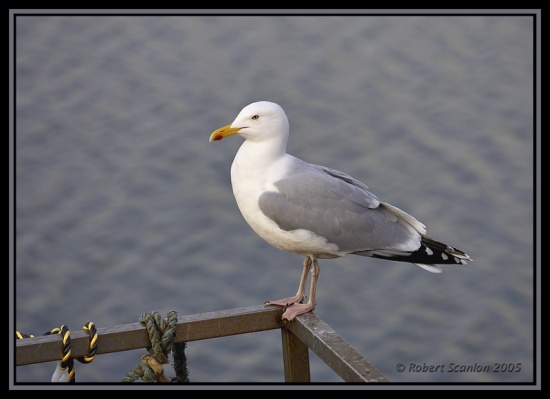- Larus argentatus
Identification
Distribution
Breeds widely across Northern Europe from Iceland and the Faroes to northern Scandinavia and Arctic Russia, reaching south to the British Isles and France east to Germany, Poland, Belarus and the Baltic States. Has recently been recorded breeding in a Yellow-legged Gull colony in northern Spain.
Mainly resident or dispersive, except in north Norway, the Baltic, Finland and northern Russia where migratory.
Widespread in winter in Western and Central Europe.
Has bred on Svalbard and Bear Island.
Occasionally hybridises with other species, eg Lesser Black-back, and particularly Glaucous Gull in Iceland.
Taxonomy
The most widespread and abundant of the larger gulls occurring in a number of races, and formerly including Yellow-legged, Armenian and related gulls which are now considered full species by most authorities.
The larger and paler North American form once considered race smithsonianus is now treated as a separate species, American Herring Gull. Subspecies: Various races occur in the Region and typical representatives of races are often identifiable in the field, however, much intergradation occurs. Nominate argentatus breeds in in Scandinavia and northern Russia and smaller and slightly paler argenteus in Iceland and Faroes, British Isles and western France east to Germany.
Habitat
Breeds mainly along rocky coastlines on cliffs, stacks and islands, in some areas on buildings or on flatter areas of shore and in others at inland lakes. Mainly coastal when not breeding but increasingly in urban areas and on farmland. Abundant at refuse-tips and around fishing harbours.
Behaviour
External Links
Bird Song <flashmp3>Larus argentatus (song).mp3</flashmp3>
Listen in an external program




